For the past year – almost to the day – I have called Tehran, the capital of the Islamic Republic of Iran, home. After arriving from New Zealand directly into Tehran’s Imam Khomeini International Airport, in November 2020, it became immediately clear there were many major contrasts between this country and my homeland, New Zealand. The picture painted of this country, in the western mainstream media, will be known to many of those reading this. Before going any further, I should quickly explain why I am currently based in Iran: my wife is a New Zealand diplomat and has been posted from Wellington to work at the New Zealand Embassy, in Tehran, for three years. After the initial adjustments to life, in the first six months, the remainder of our first year has sailed by.
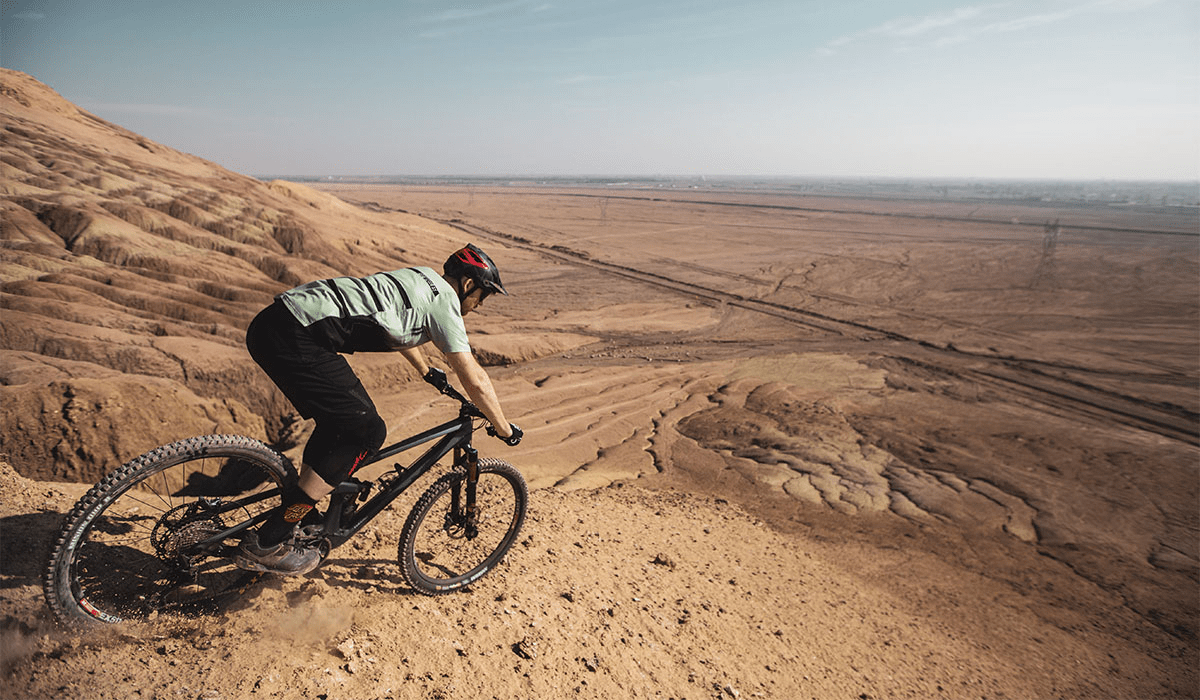
Prior to our departure from New Zealand, I was determined to keep an open mind so as to experience this place as fully as possible. The sum of the geographic, cultural, political and social differences in comparison to New Zealand constantly raise a novel feeling. It appears that any sense of knowing or gleaning somewhat of an understanding, will only be gained by spending significantly more time here. A combination of experiencing the situation on the ground, and discussions with the locals, reveal – very slowly – bit by bit of this unique place. Somehow, I’m not sure any foreigner ever comes to fully understand this complex and unreal country regardless of one’s ability to speak the language, or the length of time spent here.
Scouting the Trailforks app prior to my arrival in Iran, I could see there were a couple of trails on the fringes of the capital city, which is home to almost nine million people. There appeared to be a bit of a racing scene too and, after finding a few die-hard riders’ Instagram accounts, I could see their level of commitment to the sport was high. In any case, it wasn’t easy to find much media showcasing the riding, unlike what you might find spread across the internet for places such as New Zealand. Indeed, it was hard to gain any major insights into the extent of the sport, especially with regard to the trails, before arriving. I did, however, discover that the capital city was surrounded by very tall mountains and, equipped with this knowledge, my hopes of finding some decent riding were high.
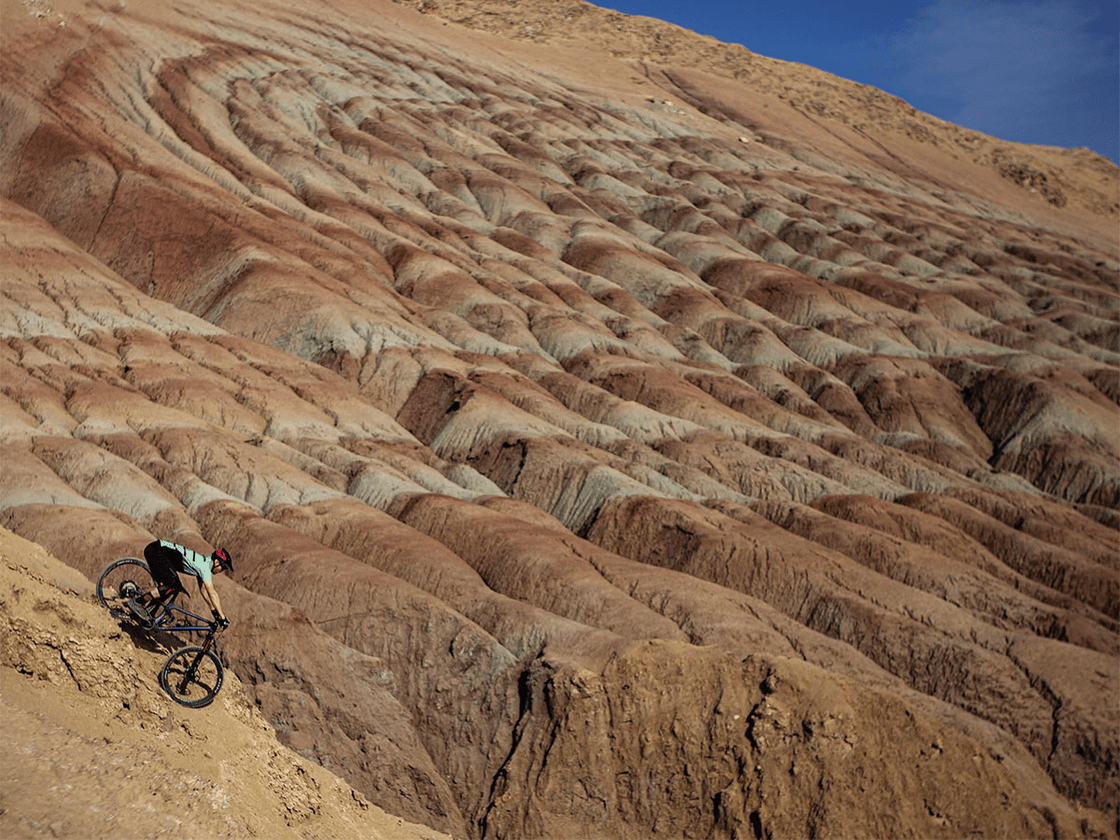
The Alborz mountain range, spanning the vast width of Northern Iran and dividing the Caspian Sea in the north and the Iranian Plateau to the south, is where most of the mountain biking takes place. There is no shortage of terrain in this mountain range, with its highest peak at 5,600m. The scale of this range blocks any humid air from the Caspian Sea and divides the north facing mountains and lush forests of the far north from the rest of the country, which consists of heavily eroded mountains, arid landscapes, and desert like features.
There are two main types of riding around Tehran, the first consisting of a minimal amount of mellow single- track riding on the foothills of the main range; and the second being the burlier trails stretching high up into the Alborz mountains. The types of trails that stretch up into the main mountain range are typically hiking trails. Since mountain hiking and climbing are such popular weekend activities for Iranians, in all seasons, these trails can be found in many towns and villages throughout the Alborz. For me, the best riding around Tehran takes place primarily on hiking trails. These trails tend to be the cleanest to ride at the end of summer, when the snow has well and truly disappeared and the regular passing feet of hikers have cleaned the riding surface. Although, due to a combination of the rocky terrain, hot dry summers and freezing winters, the surface is constantly shifting on top of the dense bedrock below.
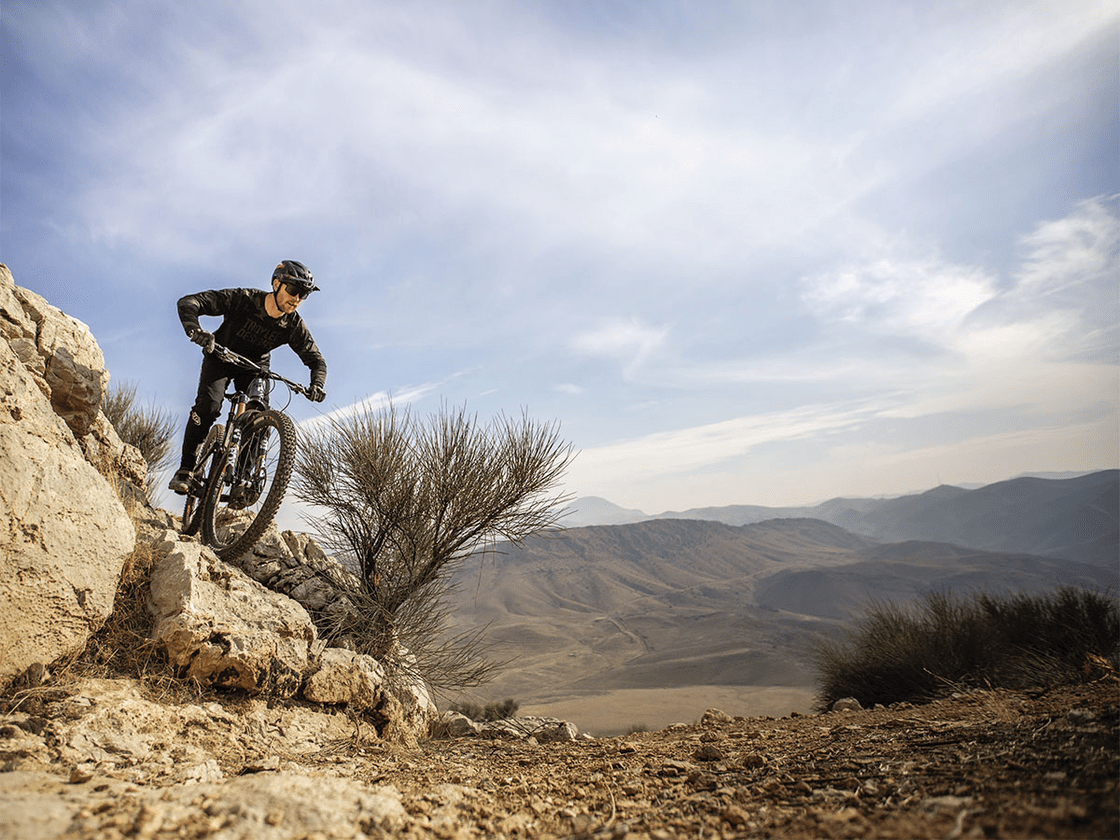
The trails I frequent for the usual mid-week laps are ones that have access roads to climb the steep mountainous terrain, but it’s still hard work even with the 51-11 cassette. This area, known as Darabad Mountain, is also frequented by downhill riders at the weekends and a few local riders living in the neighbourhood, during the week – although the typical mid-week rider doesn’t usually have the riding experience or equipment to tackle the rugged single tracks on the way back down.
Other longer or more adventurous rides don’t have access roads, unless riding up ski fields to reach far flung summits. But again, these are steep and start at altitudes as high as 2,800m – making riding there brutal on both the lungs and the legs. Generally, the longer rides always include a fair bit of hiking up steep, loose trails and are usually point-to-point rides rather than loops, which helps with choosing a safe line on the steeper sections that require caution during the descent. These types of rides are riskier as I am never sure what the quality of the trail will be like.
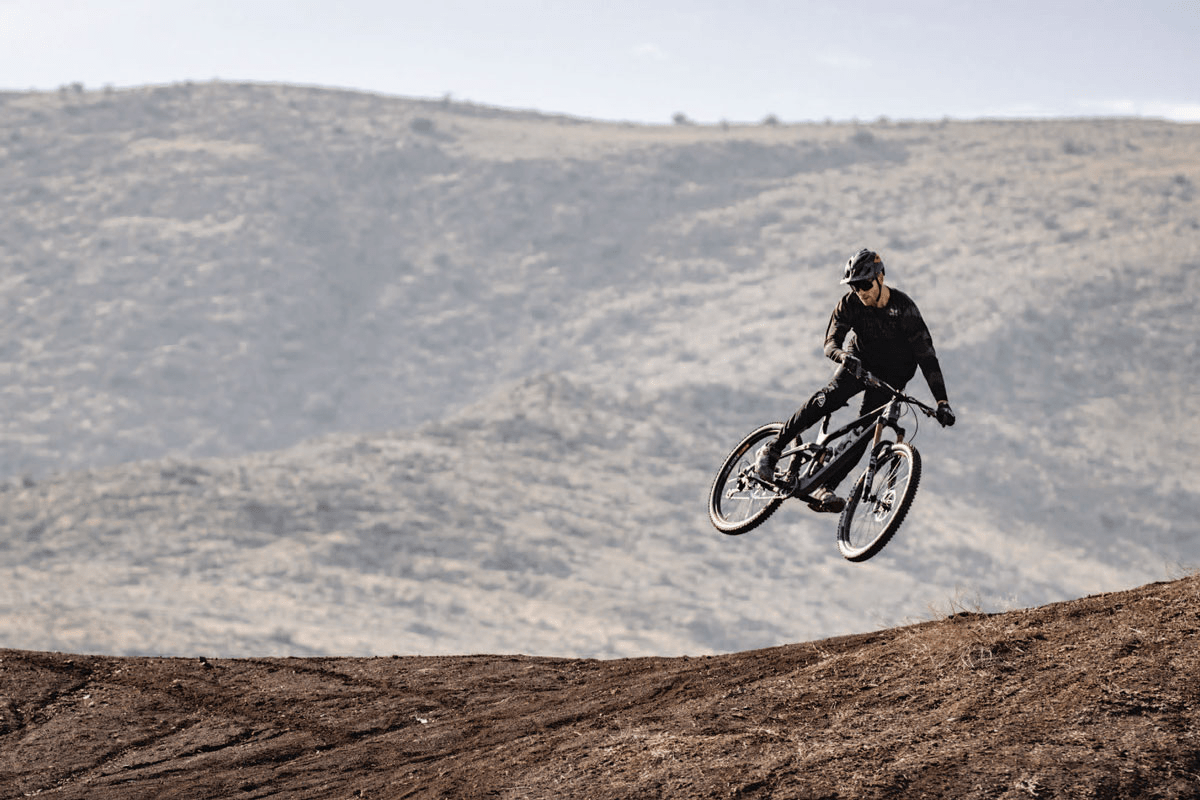
My estimates of what to expect are usually gained from Google Earth reconnaissance, made easy by the lack of tree growth which allows me to identify any marginal hiking trails I have big ideas to scale. Each time I find a new zone to explore, I can stretch the ride in any direction on successive visits. In the year to date, these experiences often result in a feeling of conquering new terrain and big mountains that few, if any, have ventured on by mountain bike. The combination of my riding experience and the latest innovations in mountain bike technology, take me to trails and mountains I never thought possible when I first started riding mountain bikes in 1998, on a 24-inch wheel hardtail, at the age of 11.
Since the locals tend to lap out the same riding spots, they don’t often possess extensive knowledge about the wider mountains or trails. Sometimes, I find myself introducing locals to new trails and new ways of riding their local mountains, however, when it comes to the lower slopes (for group riding sessions) their expertise is unrivalled. I’m not sure if this is due to their preference to lap downhill trails with their mates or if it is more of a forced choice due to the economic situation influencing the types of bikes they ride.
More hardcore enduro or all-mountain style riding isn’t a thing here, yet.
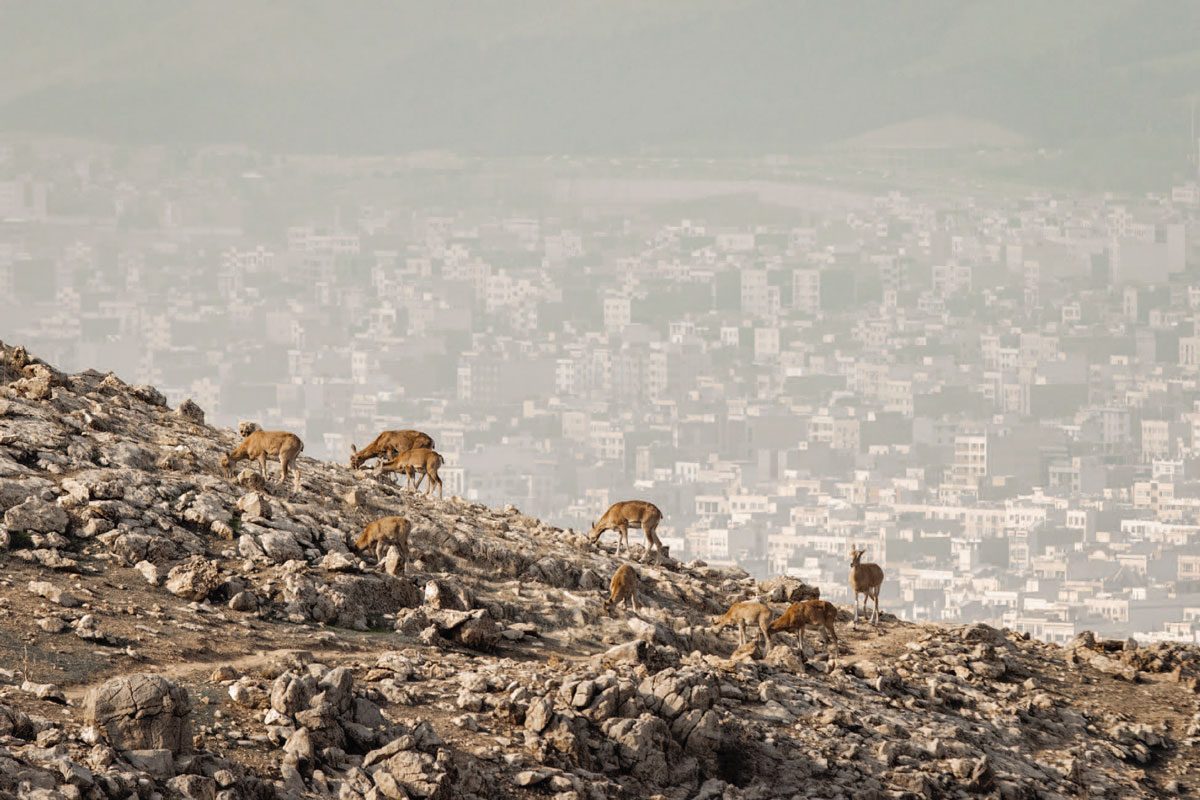
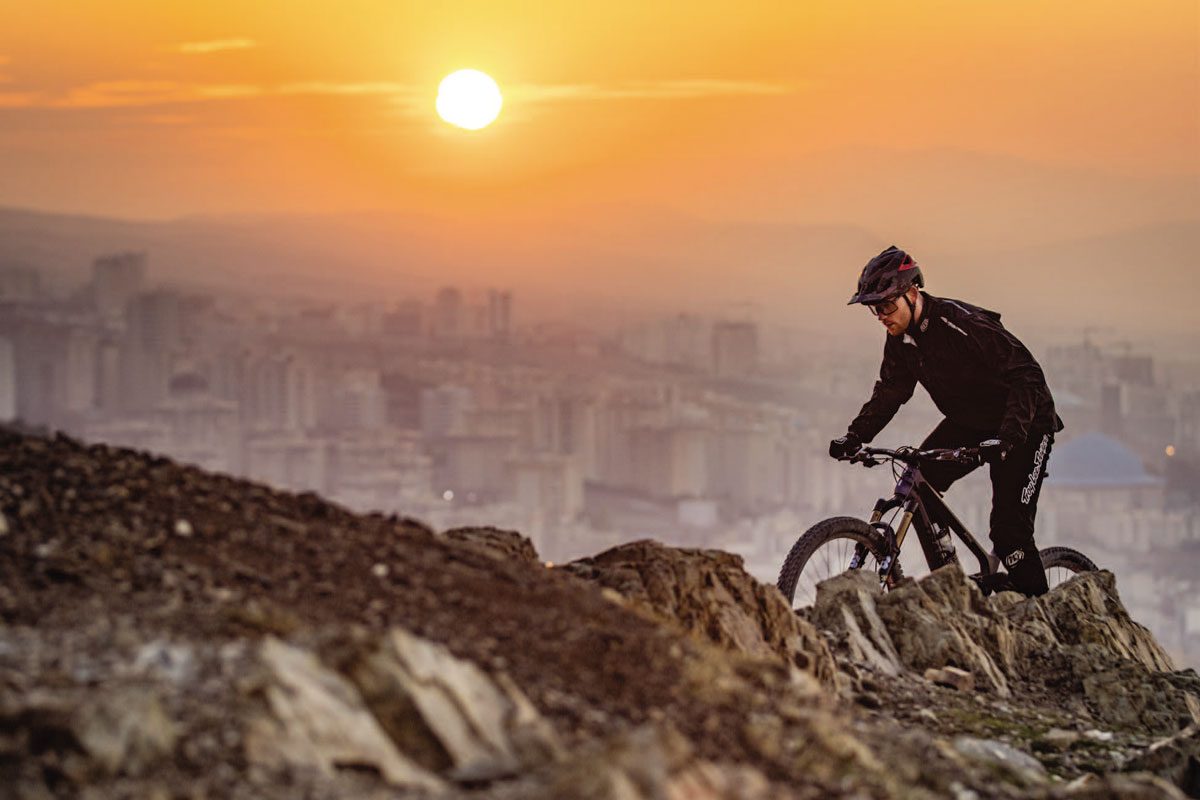
The people here find themselves in quite a remarkable situation, with rising political pressure on a government that has been under economic sanctions in some form or another since the revolution in 1979. In addition, the value of the Iranian Rial (IRR) is unstable, and there are high rates of inflation – with 45% reported for the year to date. This, combined with comparatively low salaries and wages, significantly reduces the peoples’ ability to travel outside of Iran and purchase international goods, such as mountain bikes. For example, having the opportunity to purchase late model mountain bikes comes at an exorbitant cost, due to trade restrictions, and this is without factoring in the price of such items when converted to IRR from Euros or USD. The middle class here finds itself anxiously cut out of participating in the world – but this in no way dampens their enthusiasm for the pursuit of adrenaline on the bikes they do have. For mountain bikers here, like the rest of us, the sport allows them a sense of escape and freedom in the pursuit of the divine adrenaline rush.
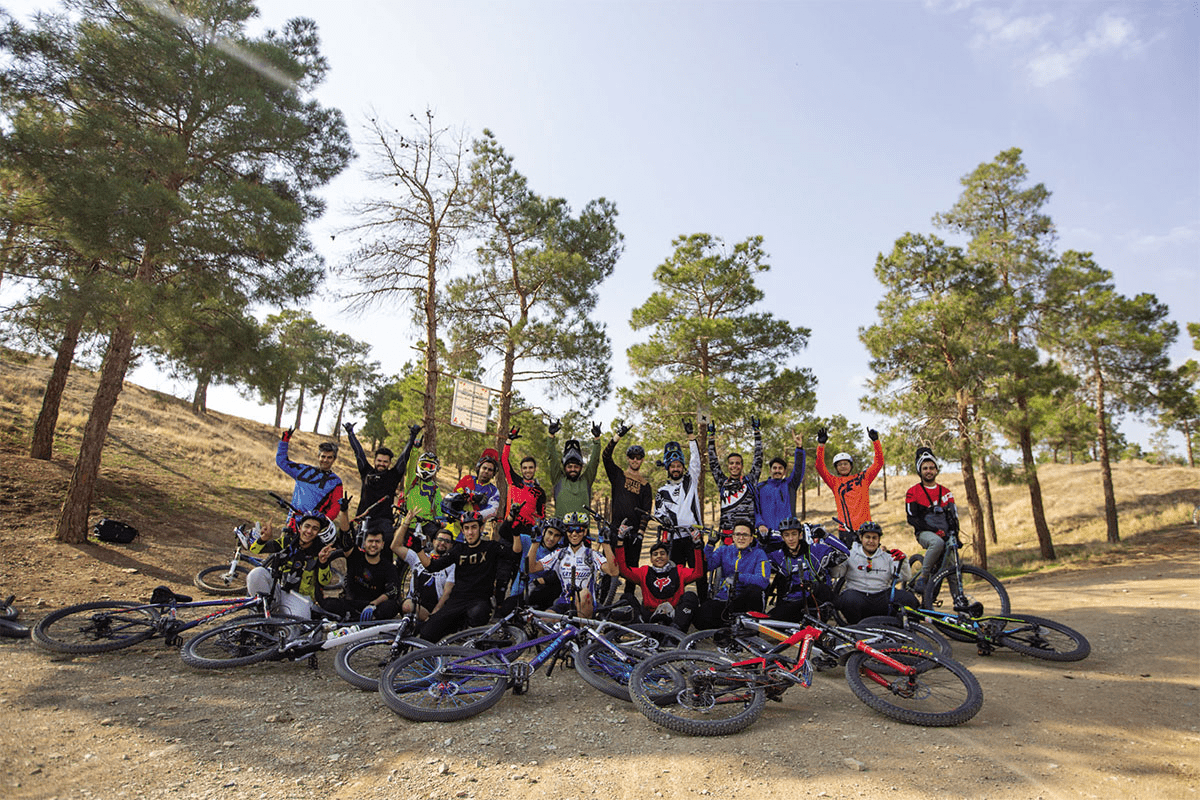
I commonly find myself riding in large groups of locals, where communication requires my very slowly evolving Farsi language skills as there are usually few English speakers present in the group. One thing in particular that stands out is the value of the shared experience of riding bikes. The multitude of differences between this place and my homeland, and myself and the local people, melt away when we share the ride together. The good times generated and shared by all, from the riding experience, demonstrate the overwhelming similarities among humans the world over, regardless of a given situation. In a country that is painted so differently to my own, the power of the bicycle as a vehicle for a shared experience that bonds people together, cannot be underestimated.
Words: Cam Cole
Photography: Ali Salsali

